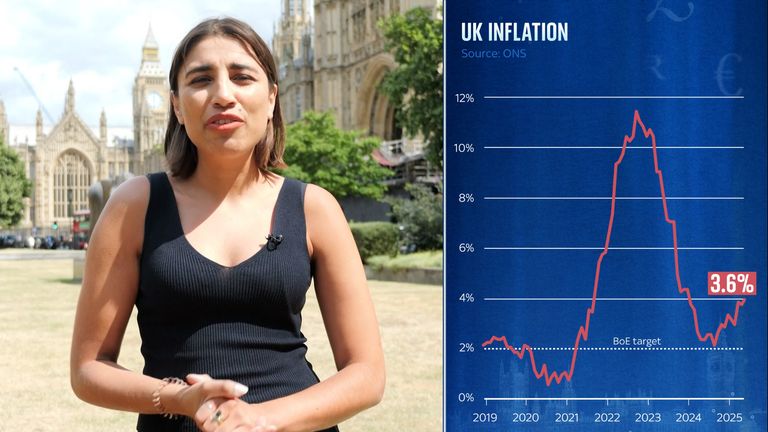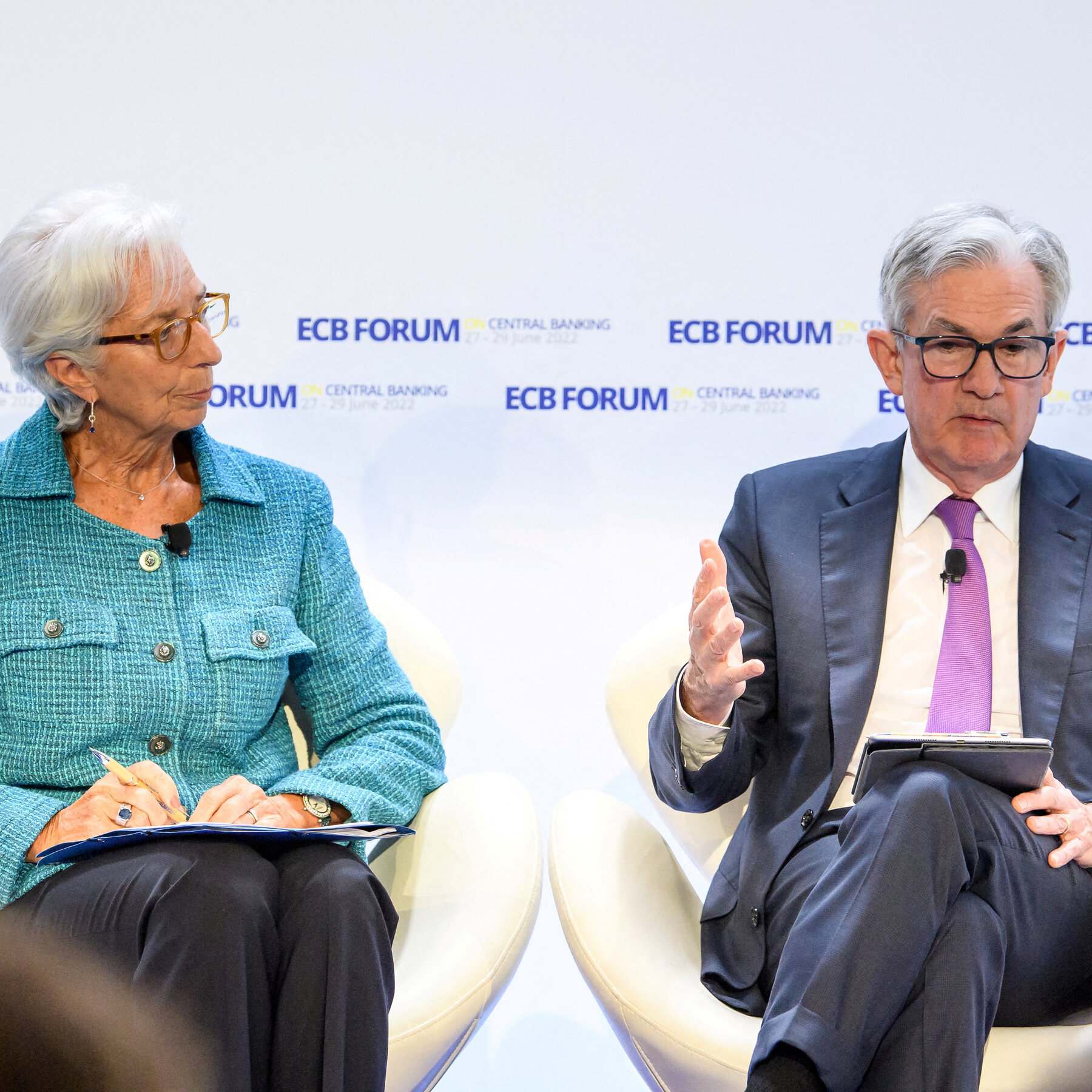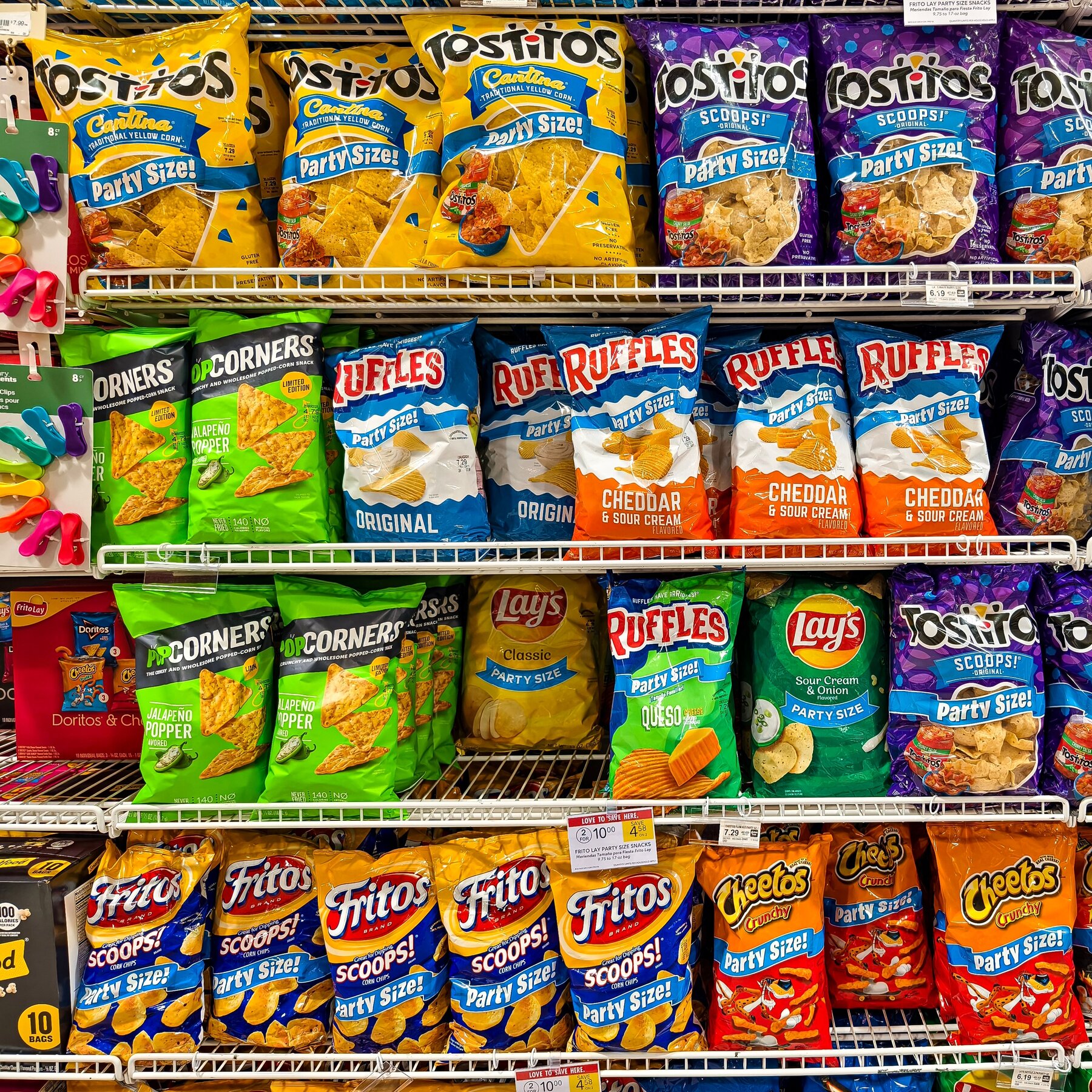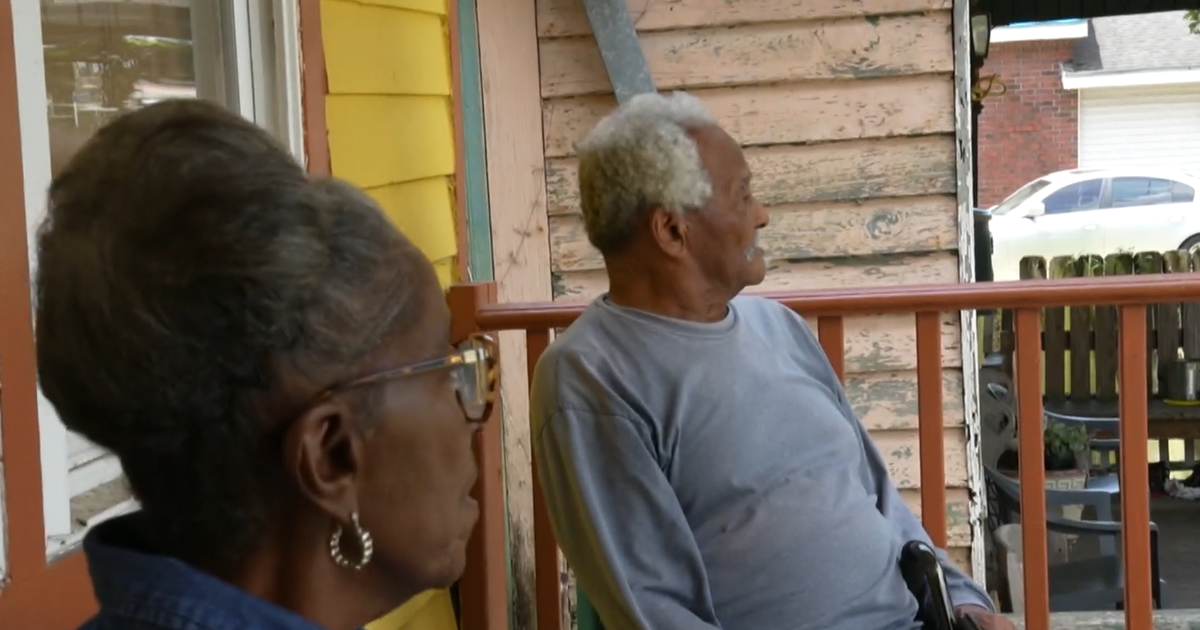
The UK's unemployment rate has risen to a four-year high, in a surprise deterioration that boosts the case for a Bank of England interest rate cut.
The Office for National Statistics (ONS) reported a rise in the jobless rate from 4.6% to 4.7% in the three months to May.
No change had been expected after the 0.1 percentage point rise seen just last month.
The ONS data, which still comes with a health warning due to poor participation rates, also showed a reduction in the pace of wage rises, with average weekly earnings rising by 5%. That was down from the 5.2% level reported a month ago.
Money latest: The rising cost of airport drop-off fees
ONS director of economic statistics, Liz McKeown, said of its findings: "The labour market continues to weaken, with the number of employees on payroll falling again, though revised tax data shows the decline in recent months is less pronounced than previously estimated.
"Pay growth fell again in both cash and real terms, but both measures remain relatively strong by historic standards.
"The number of job vacancies is still falling and has now been dropping continuously for three years."
The data was released 24 hours after a surprise rise in the rate of inflation, to 3.6%, was revealed by the ONS.
It was seen as muddying the waters as the Bank considers the timing of its next interest rate cut.
But a quarter point reduction, to 4%, is widely expected at the next meeting of the rate-setting committee in early August,
The Bank, experts say, will be looking past the headline inflation numbers and see scope to introduce the third cut of the year due to the softening labour market seen in 2025 - a factor the Bank's governor Andrew Bailey had suggested would come more into focus in a recent interview with The Times.
Weaker pay awards remain a compulsory element to bringing down borrowing costs as there are fears the UK's difficulties in bringing down inflation are partly linked to wage growth outpacing price hikes since August 2023.
Add to that the slowdown in economic growth and you have a Bank seemingly grappling the effects of so-called stagflation - as scenario of weak growth with inflation persistently well above the Bank's 2% target.
While there are conflicting forces at play for the Bank's interest rate deliberations, rising inflation, coupled with weakening growth and jobs data, are all unwelcome for a chancellor under growing pressure.
Rachel Reeves was accused on Wednesday of contributing to inflation through taxes on employment deployed from April - with industry bodies in the grocery sector claiming an element of rising food price growth was down to businesses passing on those extra costs, alongside hikes to minimum pay requirements.
At the same time, those budget measures have clearly held back hiring since the spring.
Frasers Group, the retail firm best-known for its Sports Direct brand, said alongside its results today that it was grappling £50m in budget-linked costs and turning to AI in a bid for "efficiencies" to offset some of that bill.
One crumb of comfort for Ms Reeves is that the prospect of a rate cut next month remains on - with any reduction helping bring down the cost of servicing government debt as the headroom she has within the public finances remains under severe pressure.
Government U-turns on winter fuel payment curbs and welfare reforms have squeezed her fiscal rules, leaving her to cover likely at the autumn budget to cover shortfalls either through further tax hikes or spending cuts.
Yael Selfin, chief economist at KPMG UK, said of the rate cut prospects: "Slowing activity in the labour market, coupled with pay pressures easing, will likely prompt the Bank of England to lower interest rates next month.
"The impact of April's tax and administrative changes has led to a marked slowdown in hiring activity among firms. With domestic activity remaining sluggish, the MPC will likely want to provide support via looser policy to prevent a more significant deterioration in the labour market."










-3.png)



